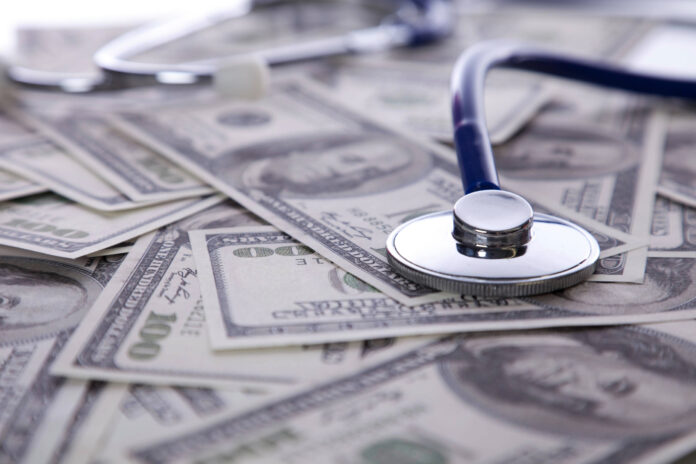Last week, I summarized part of the most recent annual report on national health spending. In this column, the focus is on where the health care dollars go. We pay providers for health services and various manufacturers for products, such as drugs and medical devices. The basic format in the report is to examine the last two or three years of spending, the current year’s forecast and to look forward about 10 years. The 10-year look is particularly important.
In 2024, hospital spending is projected to be $1.56 trillion and is estimated to be $2.37 trillion by 2032, a 5.6% average annual increase. Physician spending in the same period will grow from $1 trillion to $1.52 trillion, a 5.5% average annual increase. Home health spending goes from $155 billion to $283 billion, an 8.1% average rise and nursing home care grows from $216 billion to $337 billion, a 6% average increase. And my favorite category, drugs, increase from $464 billion to $728 billion, at 5.9% average growth. The cost of government administration rises from $58 billion to $83 billion, while private health plan administration and profit increases from $328 billion to $535 billion.
The overall average annual rate of health price inflation to 2032 is 2.7%, compared to economy-wide expectations of 2.2%. Since health care is one-fifth of the economy, that economy number outside of health care is actually lower. I have mentioned several times that the way in which health care price changes are accounted for in the official statistics is arcane and just wrong. If you look at projections like these, you will see a different reality about likely health care inflation, one which shows it to be significantly higher. And I believe even this projection will be shown to be too low, as providers and product manufacturers will be pushing prices higher due to labor and other pressures on their cost of doing business.
In the period to 2032, health care spending is projected to increase at a 5.6% rate, while the economy grows only 4.3%. Government will be be paying 49% of that spending by 2032, which means you actually will pay it through taxes. Consumer out-of-pocket spending will be 9.7% of the total bill of $7.7 trillion. Medicare will be a major contributor to ongoing federal government spending growth and deficits, as will Medicaid. Those programs will have to be reformed, it is inevitable. For Medicare that means raising the age of eligibility, eliminating automatic Social Security disability eligibility for Medicare, making wealthy people pay the full cost and moving everyone into Medicare Advantage and controlling what those plans are paid. For Medicaid it means a drastic cutback on eligibility to those truly unable to work or otherwise support themselves. As our deficit and debt problem worsens, health care spending will come under increased pressure.
Kevin Roche runs The Healthy Skeptic, a website about the health care system, and has many years of experience working in the health care industry. If you have health care-related questions, you can contact Kevin at xuebpur@urnygul-fxrcgvp.pbz and he may answer the question in a column. Read more from Kevin Roche at his website: healthy-skeptic.com









